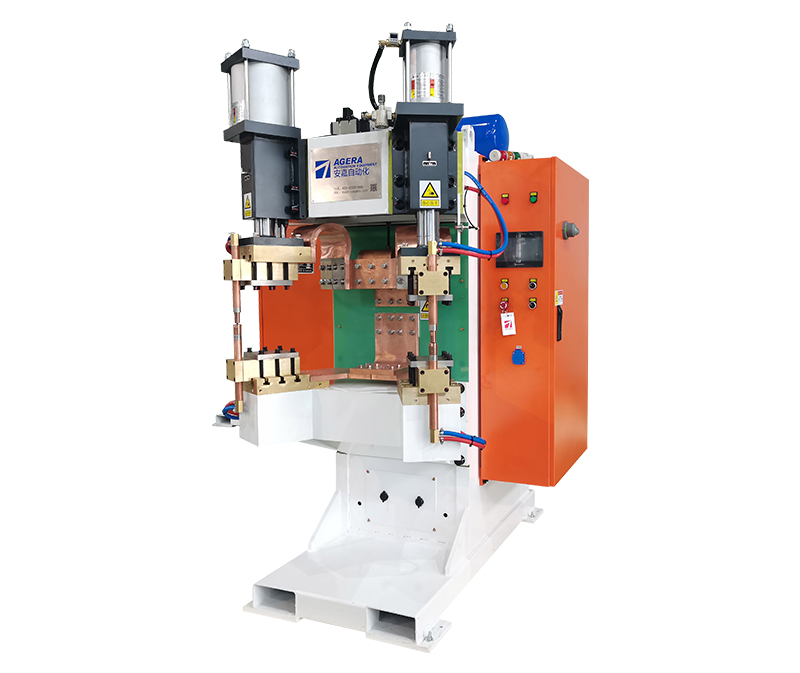When it comes to manufacturing and assembly processes, efficiency and quality are paramount. However, one common issue that can hinder productivity and create an uncomfortable working environment is excessive noise generated by nut spot welding machines. In this article, we will explore the causes of this problem and discuss effective solutions to reduce noise levels, making the workplace safer and more pleasant for all.
Understanding the Causes
- Vibrations: Excessive vibrations in the welding machine can lead to noise. Vibrations can result from unbalanced parts, misalignment, or worn-out components. These vibrations travel through the machine structure and into the surrounding environment, creating noise.
- Compressed Air: Welding machines often use compressed air for various functions. Air leaks, inadequate maintenance, or improper pressure settings can result in noisy, hissing sounds.
- Electric Arc: The welding process itself generates a significant amount of noise. This is caused by the electric arc that melts the metal, producing a crackling sound.
Effective Solutions
- Regular Maintenance: Scheduled maintenance is crucial for keeping welding machines in good condition. Ensure that all parts are properly lubricated, balanced, and aligned. Address any signs of wear and tear promptly.
- Dampening and Insulation: Use noise-dampening materials and insulation around the machine to contain sound. This can include rubber mats, acoustic panels, or enclosures.
- Compressed Air Maintenance: Regularly inspect and maintain the compressed air system. Fix any leaks and ensure that pressure is regulated appropriately.
- Acoustic Shields: Install acoustic shields around the welding area to direct sound away from the operators. These shields can be made from materials designed to absorb sound.
- Noise-Reducing Tools: Invest in noise-reducing welding tools and accessories. These are designed to minimize the sound produced during the welding process.
- Training and Safety Gear: Proper training for machine operators is essential. Additionally, provide suitable hearing protection for workers in noisy environments to safeguard their hearing.
- Sound Monitoring: Use sound monitoring equipment to identify areas with high noise levels. This data can help in making informed decisions about noise reduction measures.
- Alter Work Shifts: If possible, consider scheduling noisy operations during times when fewer employees are present or use rotation schedules to limit exposure.
Excessive noise in nut spot welding machines can be a detriment to both the production process and the well-being of workers. By understanding the causes and implementing effective solutions, you can create a quieter and more productive work environment. Prioritizing noise reduction not only enhances workplace safety but also contributes to the overall satisfaction and efficiency of your team.
Post time: Oct-24-2023








